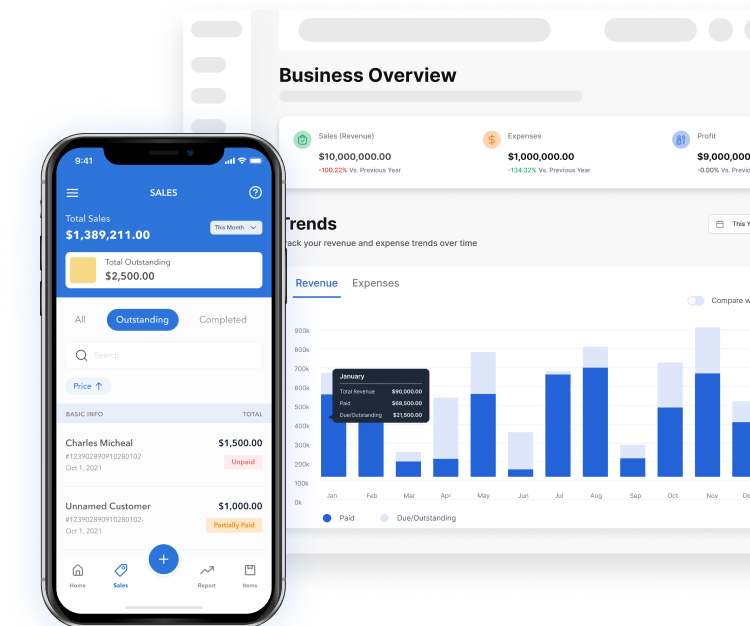What is Accounts Receivable Turnover?
Accounts Receivable Turnover is a financial ratio that measures how efficiently a company manages its accounts receivable. It is calculated by dividing the net credit sales by the average accounts receivable during a specific period. This ratio provides insights into how many times a company is able to convert its receivables into cash over a year.
Why is it important or used in Accounting?
Accounts Receivable Turnover is important in accounting for several reasons:
- Efficiency Measurement: It assesses how efficiently a company is able to collect cash from customers. A higher turnover ratio generally indicates more effective management of receivables.
- Cash Flow Assessment: The ratio is a key indicator of a company’s ability to convert credit sales into cash, providing insights into the cash flow cycle.
- Credit Policy Evaluation: It helps in evaluating the effectiveness of a company’s credit policies. A low turnover may suggest overly lenient credit terms, while a high turnover may indicate stringent credit policies.
Advantages of Accounts Receivable Turnover:
- Efficiency Benchmarking: It allows for benchmarking against industry averages to determine how well a company manages its receivables compared to its peers.
- Cash Flow Prediction: By understanding how quickly receivables are converted to cash, businesses can make more accurate cash flow predictions and plan accordingly.
- Identifying Issues: A declining turnover ratio over time may indicate potential issues with credit management or customer payment behavior, prompting businesses to investigate and take corrective actions.
Disadvantages of Accounts Receivable Turnover:
- Simplification: The ratio provides an overall view and might oversimplify the complexities of a company’s receivables portfolio. It may not highlight specific issues within different customer segments or industries.
- Seasonal Variations: Businesses with seasonal sales may experience fluctuations in the ratio, potentially leading to misinterpretations of their overall receivables management efficiency.
- Doesn’t Capture Collection Efforts: The ratio doesn’t directly measure the effectiveness of collection efforts. A high turnover could result from aggressive collection practices that may negatively impact customer relationships.
Example of Accounts Receivable Turnover for a Wholesaler or Retailer Business:
Let’s consider a wholesale distributor of electronics. The distributor had net credit sales of $2,000,000 for the fiscal year. At the beginning of the year, the accounts receivable were $250,000, and at the end of the year, they were $300,000.
Accounts Receivable Turnover = Net Credit Sales / Average Accounts Receivable
Average Accounts Receivable = (Beginning Accounts Receivable + Ending Accounts Receivable) / 2
Average Accounts Receivable = ($250,000 + $300,000) / 2 = $275,000
Accounts Receivable Turnover = $2,000,000 / $275,000 ≈ 7.27 times
This means that, on average, the distributor was able to collect its receivables approximately 7.27 times during the fiscal year. The interpretation of this ratio would depend on industry standards and the company’s specific circumstances. Generally, a higher turnover ratio is favorable, indicating efficient receivables management.
Related Links
- Profitability Ratios You Need for Business Growth
- Accounts Receivable: Definition, Benefits, and Examples
- Accounts Receivable Aging Method: Definition, benefits, and examples
- Retail Operations: What They Are, Their Common Challenges, and How to Overcome Them
- Pharmacy software: What features are required?




